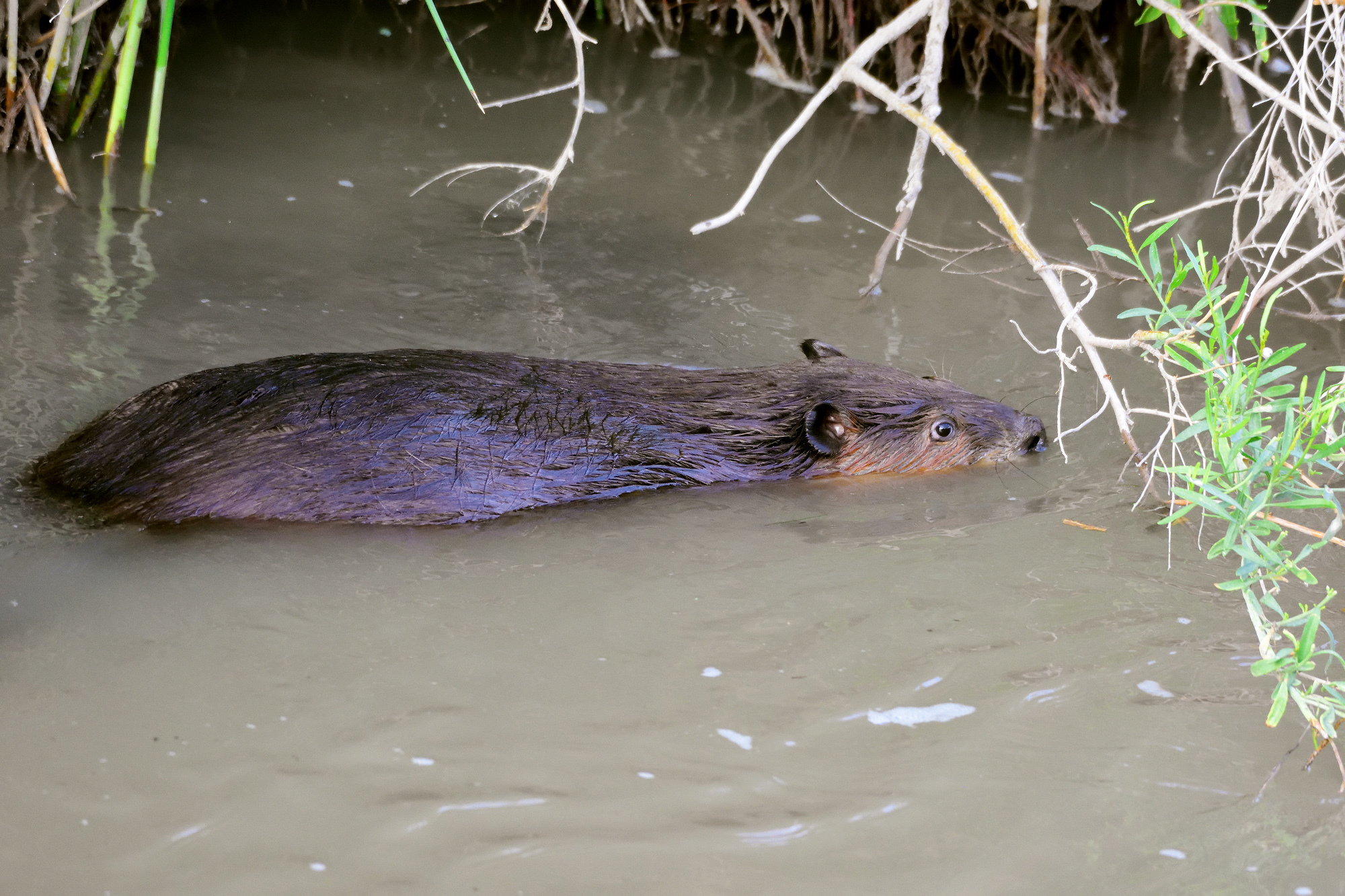
The biodiversity of our desert is greater than many are aware of. The fauna of the Chihuahuan Desert is very rich and there are many species that form part of this ecosystem. The animals in this list are animals found all around this desert and they will be ordered in alphabetical order based on their taxonomic class.
Mammals
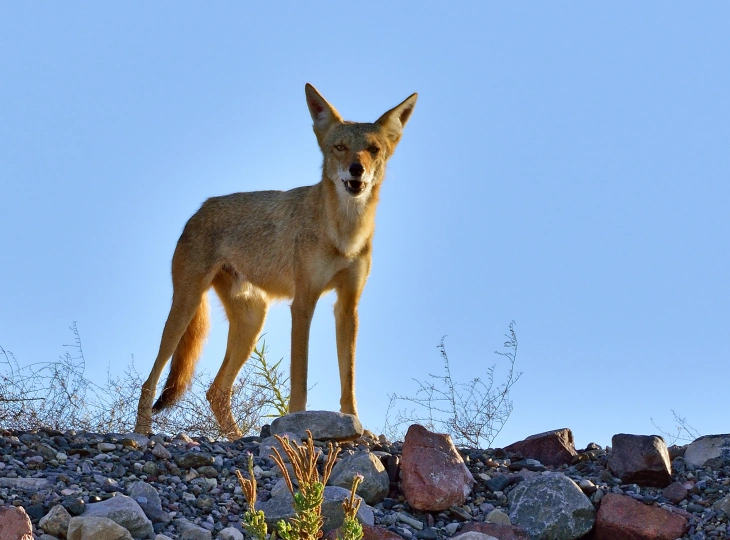
The coyote is the largest and most common apex predator in El Paso.
Long-tailed Weasel (Mustela frenata neomexicana)
The long-tailed weasel is one of the rarest predators living here in the Chihuahuan Desert.

Mexican Wolf (Canis lupus baileyi)
“Only the mountain has lived long enough to listen objectively to the howl of the wolf.”


Opossum (Didelphis marsupialis)
Opossums are members of the Didelphidae family, the largest family of marsupials in the Americas.
Rock squirrels (Otospermophilus variegatus)
Rock squirrels can be seen almost everywhere there are rocks.

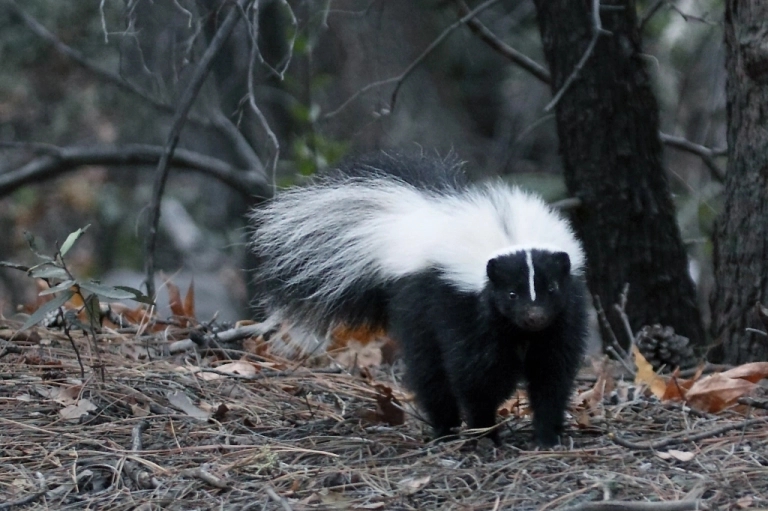
Did you know that we have four different kinds of skunks in the Chihuahuan Desert?… The powerful scent gland secretions of a skunk are most often sprayed at potential enemies and only as a last resort.
Wild horses and burros, like any wildlife species, have an impact on the environment, but due to their natural behavior, their impact is minimal.

Birds
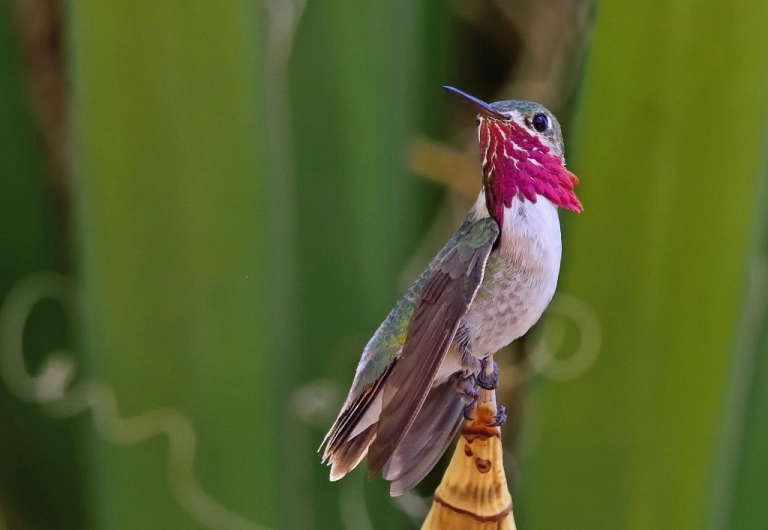
Calliope Hummingbird (Selasphorus calliope)
Hummingbird feeders are not expensive, but if are going to help hummingbirds with feeders be sure that you use a good nectar recipe.
Curve-billed Thrasher (Toxostoma curvirostre)
Curve-billed Thrashers may not be the most colorful birds of the desert, but they do have beautiful orange yellow eyes that stand out against their grayish color.


Gambel’s Quail (Lophortyx gambelii)
These pear-shaped birds have short legs and rounded wings. Males and females are similar in that their upper body is gray while their undersides are buff colored. A black throat, face and head plume characterize the male quail.
Golden Eagle (Aguila chrysaetos)
The Golden Eagle is a fascinating bird to watch fly with its massive wingspan commanding the eyes. The national bird of Mexico…

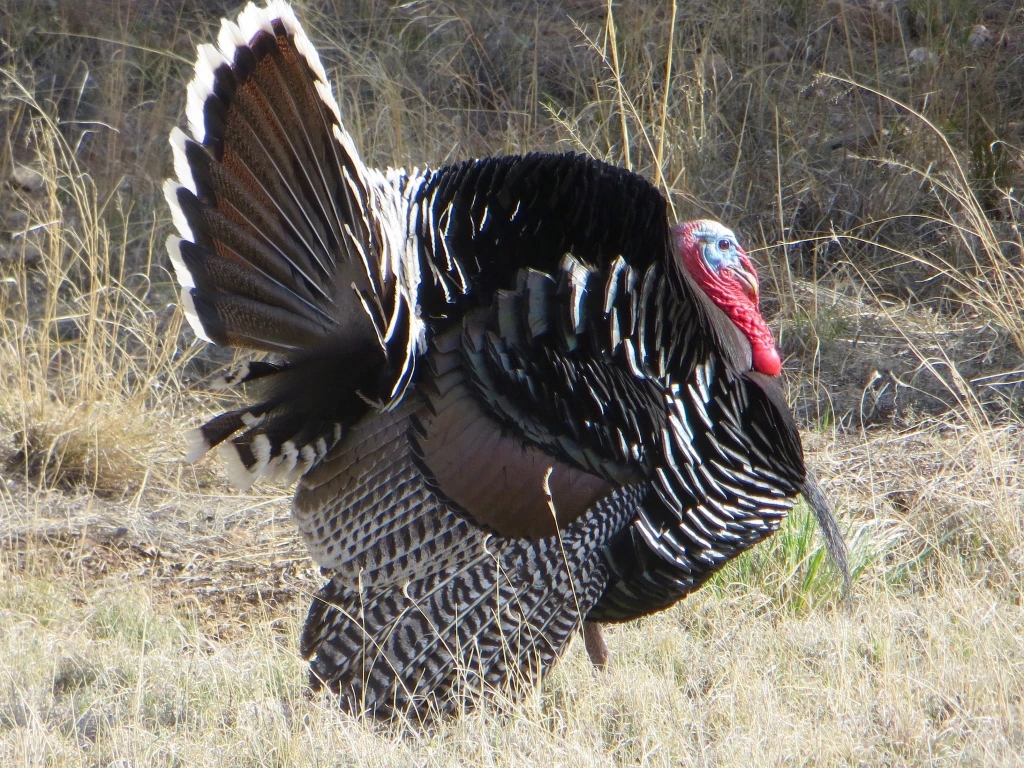
Gould’s Turkey (Meleagris gallopavo Mexicana)
The Gould’s Turkey is the largest of the five subspecies of turkey.
House Finch (Haemorhous mexicanus)
Here in El Paso one of the most commonly seen little seed eating birds is the House Finch. The ones with the red color are the males, all others are either females or juveniles.


Loggerhead Shrike (Lanius ludovicianus)
Although a songbird, they are unique in that they capture and impale small prey items such as insects, sparrows, rodents and lizards on barbed wire fences and spiny branches
Pyrrhuloxia (Cardinalis sinuatus)
One of our most beautiful resident birds is the Pyrrhuloxia, a very close relative of the Northern Cardinal often seen near water in the desert shrub of Texas and here in the Chihuahuan Desert.


Western Screech Owl (Megascops Kennicotti)
The Western Screech Owl is a very adaptable bird of prey and is primarily found in forests, but can also be seen in deserts or anywhere there is a hole for a nest.
White-winged Dove (Zenaida asiatica)
White-winged Doves love all kinds of seeds so if you have a bird feeder expect them to spend lots of time in your backyard.

Arachnids and Insects

Desert Blond Tarantula (Aphonopelma chalcodes)
Like most tarantulas this tarantula burrows in sandy soil.
Monarch Butterflies (Danaus plexippus)
Many people are alarmed at how our most recognizable species of butterfly, the monarch butterfly, is dramatically declining in many areas of the country.
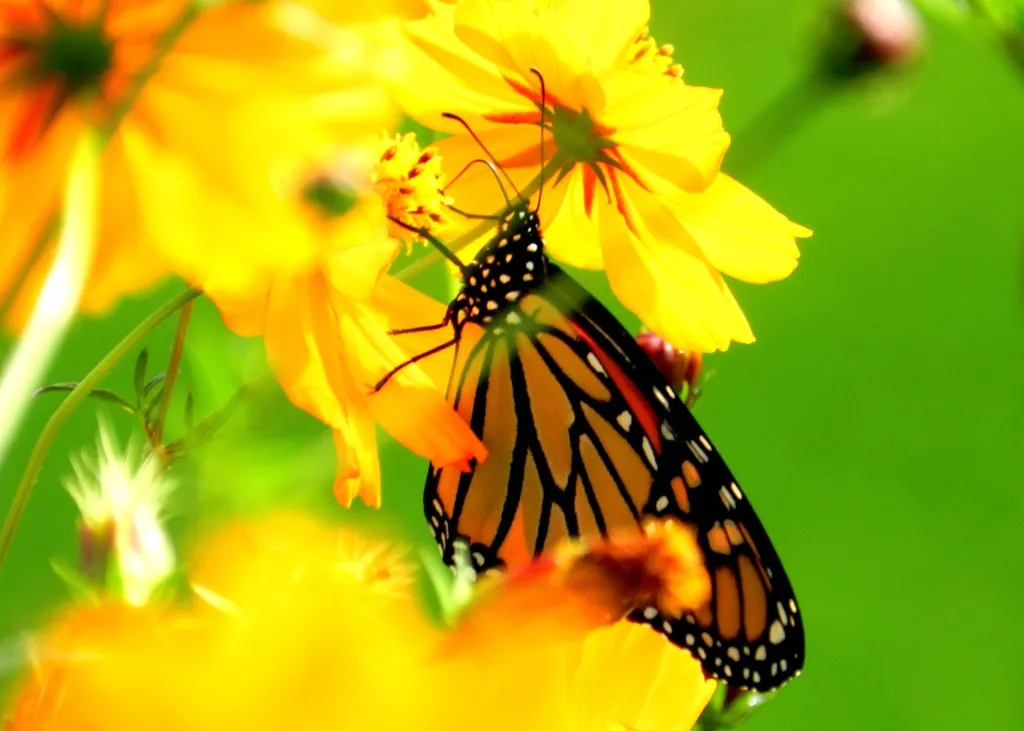
Reptiles

Black-tailed Rattlesnake (Crotalus molossus)
The black-tailed rattlesnake is one of six species of rattlesnakes found in El Paso county… Some often have a black band across the eyes extending diagonally down to the corners of its mouth.
Reticulated Gecko (Coleonyx brevis)
One of the unique characteristics of this large gecko is its prehensile tail.


Snakes (Snake list in the El Paso-Juarez boarder region)
Snakes are cold blooded animals and can not tolerate extreme cold or heat. As they begin to wake up they are hungry and seeking warm air.
Texas alligator lizard (Gerrhonotus infernalis)
Not everyone living in the northern Chihuahuan Desert is familiar with one of the coolest and least known lizards in our eco-region, the Texas alligator lizard. The lizards are very elusive and live in higher elevation habitats like the Chisos Mountains of Big Bend National Park.

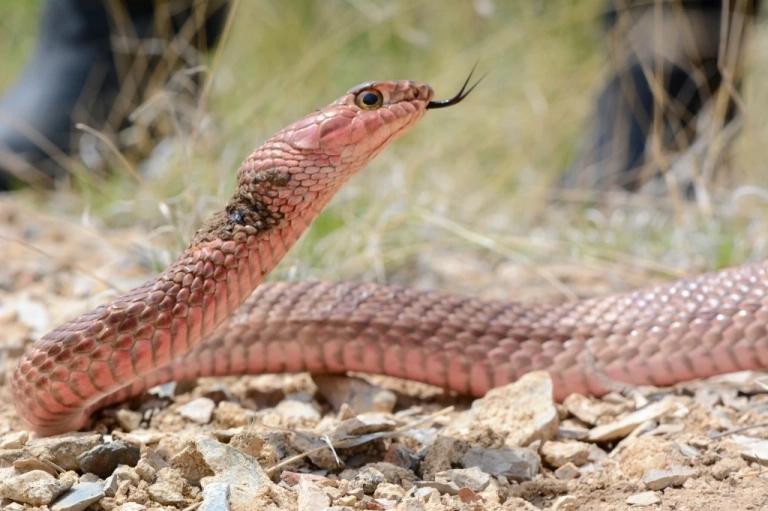
Western Coachwhip (Masticophis flagellum)
Western coachwhips can grow up to six feet long and unlike most desert snakes are active during the day.
Layout and design by Board Member Lorian Flores
